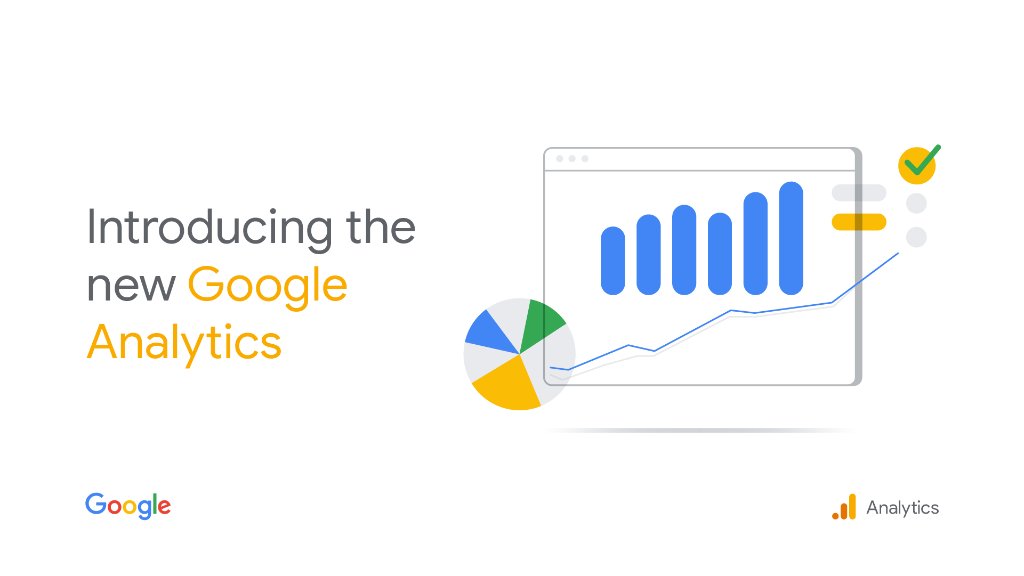Google Analytics 4 (GA4) introduces several new reporting features and capabilities that provide businesses with enhanced insights into user behavior and allow for more sophisticated analysis. Here are some of the key new reporting features and capabilities in GA4:
- Focus on User-Centric Reporting:
- GA4 shifts its focus from session-based reporting to user-centric reporting. It provides a more comprehensive view of user behavior by tracking individual users across multiple sessions and devices. This enables businesses to understand the complete user journey and analyze user engagement on a deeper level - Event-Based Tracking and Analysis:
- GA4 utilizes an event-driven data model, allowing businesses to track and analyze specific user interactions or events that occur on their website or app. This includes not only page views but also custom events such as button clicks, video plays, form submissions, and more. The event-based tracking provides more granular insights into user behavior and engagement. - Enhanced Ecommerce Reporting:
- GA4 introduces improved e-commerce reporting capabilities, making it easier for businesses to analyze online sales and revenue. It includes advanced metrics such as product detail views, add-to-cart events, purchases, and more. The enhanced e-commerce reporting helps businesses understand the customer journey and optimize their online sales funnels. - Machine Learning-Driven Insights:
- GA4 incorporates machine learning capabilities to provide businesses with valuable insights and predictive analytics. It automatically surfaces important trends, anomalies, and opportunities in the data, allowing businesses to identify patterns and make data-driven decisions more efficiently. - Expanded Cross-Device Tracking:
- GA4 offers enhanced cross-device tracking, allowing businesses to track user interactions and engagement across multiple devices, such as desktops, mobile phones, and tablets. This provides a more holistic view of user behavior and enables businesses to understand how users engage with their brands across different platforms. - Integration with Google Ads:
- GA4 integrates seamlessly with Google Ads, providing businesses with deeper insights into the performance of their advertising campaigns. It allows for better tracking and attribution of conversions from Google Ads, enabling businesses to optimize their ad spend and improve campaign effectiveness. - Real-Time Reporting:
- GA4 offers real-time reporting, allowing businesses to monitor and analyze user activity as it happens. Real-time reporting is particularly useful for tracking campaign performance, monitoring user engagement during live events, or responding promptly to changes in user behavior. - Custom Analysis and Exploration:
- GA4 provides a flexible and customizable analysis interface, allowing businesses to create custom reports, segments, and explore the data according to their specific needs. The custom analysis features empower businesses to dive deeper into the data, uncover insights, and answer unique business questions. - Integration with Google Marketing Platform:
- GA4 seamlessly integrates with the Google Marketing Platform, enabling businesses to combine data from various sources, such as Google Ads, Display & Video 360, and Search Ads 360. This integration provides a unified view of marketing performance and allows for more comprehensive analysis and optimization.
These new reporting features and capabilities in Google Analytics 4 offer businesses a more robust and insightful analytics platform. By leveraging these features, businesses can gain a deeper understanding of user behavior, optimize their marketing efforts, and make data-driven decisions to drive growth and success.
